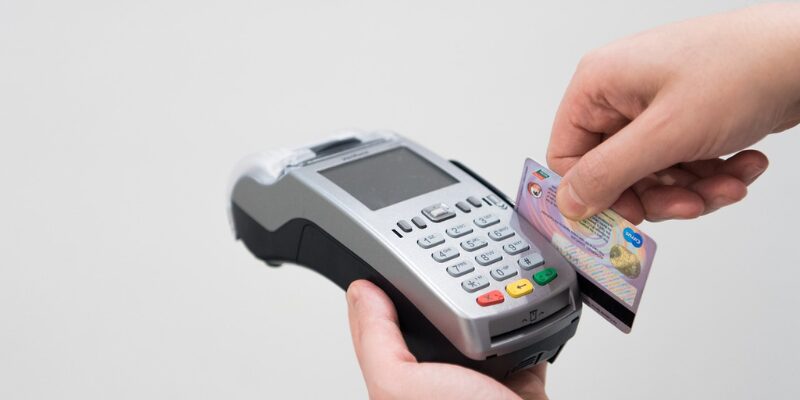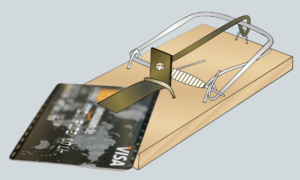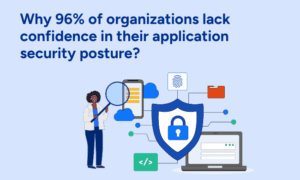Today, credit card payments have become the norm for purchasing goods and services. Whether you’re buying a cup of coffee or shopping online, the transaction happens in just a few seconds. But have you ever wondered what really goes on behind the scenes when you swipe, tap, or enter your card details?
Credit card processing is a complex yet fascinating process that involves multiple players working together to complete your transaction. Let’s break it down in simple terms to help you understand how it all works.
Step 1: The Cardholder Initiates a Transaction
The process begins when a cardholder (that’s you) decides to make a payment using a credit or debit card. You can do this in different ways:
– Swiping, inserting, or tapping your card on a payment terminal at a store.
– Entering card details online while shopping.
– Using a mobile wallet like Apple Pay or Google Pay.
Once you authorize the payment, the real action begins!
Step 2: The Merchant Sends the Transaction Request
The merchant (the store or service provider) has a point-of-sale (POS) system or an online payment gateway that captures your card details and sends the payment request to their payment processor.
– A POS system is the machine you use at physical stores.
– A payment gateway is the online version that securely transfers your card details when you shop on a website.
The payment processor is responsible for moving the transaction forward.
Step 3: The Payment Processor Contacts the Card Network
The payment processor is a company that acts as a middleman between the merchant and the banks. It sends the transaction request to the card network (Visa, Mastercard, American Express, or Discover) to check if the transaction can go through.
The card network plays an important role in verifying your details and ensuring everything is secure. They also route the transaction to the right bank.
Step 4: The Issuing Bank Approves or Declines the Transaction
Your credit card is issued by a bank (e.g., Chase, Bank of America, or Wells Fargo). This is called the issuing bank, and its job is to decide whether to approve or decline your transaction.
The bank checks:
Your available balance or credit limit (Do you have enough funds?)
Suspicious activity (Is this transaction unusual?)
Card validity (Is your card active or expired?)
If everything checks out, the issuing bank sends an authorization code back through the card network to approve the payment.
If there’s a problem (e.g., insufficient funds, expired card, or fraud alert), the bank declines the transaction.
Step 5: The Merchant Receives the Approval and Completes the Sale
Once the issuing bank approves the payment, the merchant gets the confirmation and completes the sale.
You’ll usually see a “Transaction Approved” message on the payment terminal or online checkout page. At this point, the merchant provides you with a receipt, and you take your product or service.
Even though the sale is completed, the actual money transfer hasn’t happened yet. That happens in the next step.
Step 6: Settlement and Fund Transfer
After a successful transaction, the merchant batches all the day’s approved payments and sends them to the payment processor for settlement.
Here’s what happens during settlement:
1. The payment processor sends the transaction details to the card network.
2. The card network forwards it to the issuing bank.
3. The issuing bank transfers the funds to the merchant’s bank (minus fees).
4. The merchant’s bank deposits the money into the merchant’s account.
This process usually takes 1-2 business days. That’s why, even if you see the charge on your card immediately, the money doesn’t leave your account right away.
Understanding Credit Card Fees
Every time you use a credit card, the merchant pays a small processing fee to accept the payment. The fee is usually between 1.5% and 3.5% of the transaction amount and is shared among:
The payment processor (for handling the transaction)
The card network (for routing the payment)
The issuing bank (for approving the transaction)
That’s why some small businesses prefer cash payments they avoid these fees!
Security Measures in Credit Card Processing
With so much sensitive information involved, security is a top priority in credit card transactions. Here are some key security features:
Encryption & Tokenization
Your card details are encrypted (turned into a secure code) to prevent hackers from stealing them.
EMV Chips
The chip on your card generates a unique code for each transaction, making fraud harder.
Fraud Detection
Banks use AI and machine learning to detect unusual spending patterns and block suspicious transactions.
Two-Factor Authentication (2FA)
Some online transactions require an extra security step, like a one-time password (OTP) sent to your phone.
Conclusion
The next time you tap your card at a store or buy something online, you’ll know the complex process happening behind the scenes in just a few seconds! Credit card processing involves multiple players merchants, payment processors, card networks, and banks all working together to ensure safe and seamless transactions.
Understanding how it works can help you make better financial decisions, stay alert for fraud, and appreciate the convenience of modern payment systems.



































